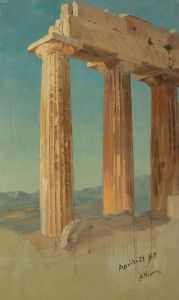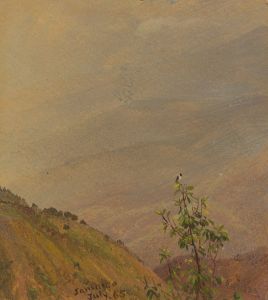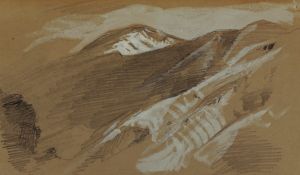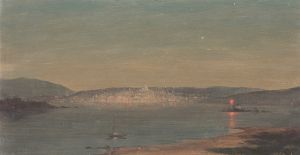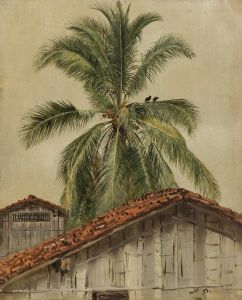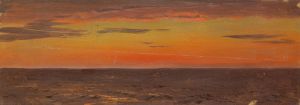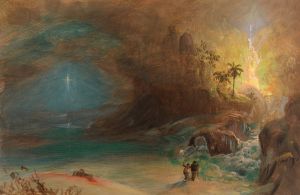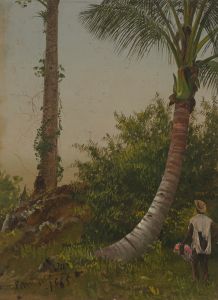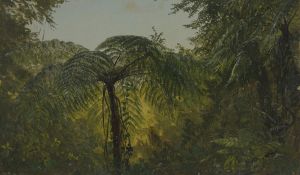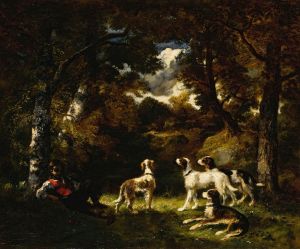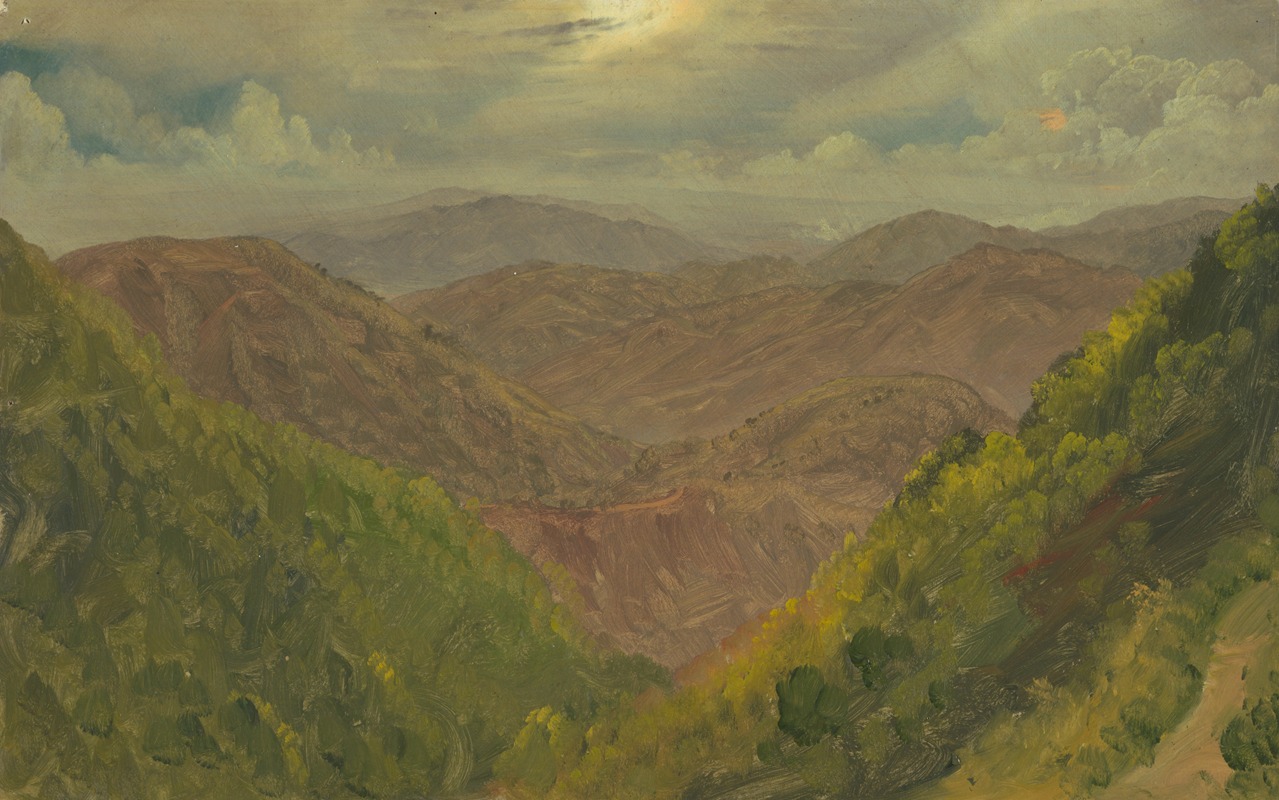
Landscape in Jamaica, West Indies
A hand-painted replica of Frederic Edwin Church’s masterpiece Landscape in Jamaica, West Indies, meticulously crafted by professional artists to capture the true essence of the original. Each piece is created with museum-quality canvas and rare mineral pigments, carefully painted by experienced artists with delicate brushstrokes and rich, layered colors to perfectly recreate the texture of the original artwork. Unlike machine-printed reproductions, this hand-painted version brings the painting to life, infused with the artist’s emotions and skill in every stroke. Whether for personal collection or home decoration, it instantly elevates the artistic atmosphere of any space.
Frederic Edwin Church, a prominent American landscape painter of the 19th century, is renowned for his detailed and dramatic depictions of natural scenes. One of his works, "Landscape in Jamaica, West Indies," exemplifies his skill in capturing the lush and vibrant environments of the tropics. Church was a central figure in the Hudson River School, an art movement known for its romantic portrayal of the American landscape, but his interests and travels extended beyond the United States, as evidenced by his journey to Jamaica.
In the mid-19th century, Church traveled extensively in search of inspiration, and his visit to Jamaica was part of a broader exploration of the Caribbean. The island's rich biodiversity, dramatic landscapes, and unique light conditions provided Church with a new palette of colors and forms to explore. His time in Jamaica allowed him to study the interplay of light and shadow in a tropical setting, which differed significantly from the temperate landscapes of North America.
"Landscape in Jamaica, West Indies" reflects Church's meticulous attention to detail and his ability to convey the grandeur of nature. The painting captures the essence of the Jamaican landscape, with its lush vegetation, rolling hills, and expansive skies. Church's use of light in the painting is particularly noteworthy; he skillfully renders the way sunlight filters through the dense foliage, creating a dynamic interplay of light and shadow that brings the scene to life.
Church's technique involved careful observation and sketching on-site, followed by the creation of larger, more detailed works in his studio. This method allowed him to infuse his paintings with both the immediacy of his initial impressions and the considered composition of a studio piece. In "Landscape in Jamaica, West Indies," this approach is evident in the precise rendering of botanical details and the harmonious composition that guides the viewer's eye through the scene.
The painting is also a testament to Church's interest in the scientific aspects of the natural world. He was known to consult with scientists and read extensively about the regions he visited, which informed his artistic practice. This dedication to accuracy and detail is apparent in the botanical elements of the painting, which are depicted with a level of precision that suggests a deep understanding of the flora native to Jamaica.
"Landscape in Jamaica, West Indies" is part of Church's broader body of work that explores the theme of the sublime in nature. His paintings often evoke a sense of awe and wonder, inviting viewers to contemplate the beauty and power of the natural world. This particular work, with its vibrant colors and dynamic composition, captures the spirit of Jamaica and reflects Church's ability to transport viewers to distant and exotic locales through his art.
Today, Frederic Edwin Church's paintings, including "Landscape in Jamaica, West Indies," are celebrated for their contribution to American art and their role in shaping perceptions of the natural world during the 19th century. His work continues to be studied and admired for its technical mastery and its ability to convey the majesty of the landscapes he so passionately depicted.





